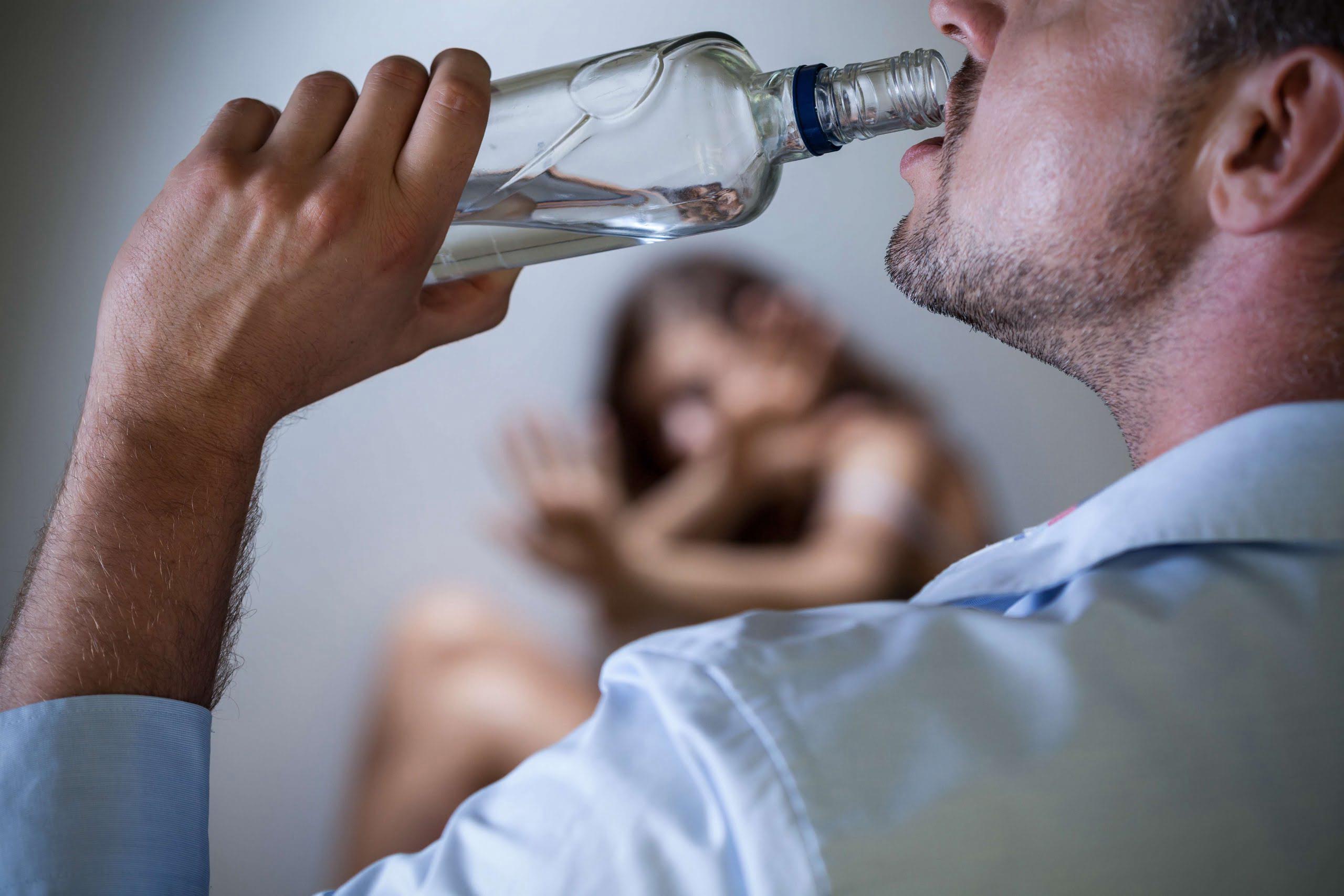Research suggests that the brain experiences recovery when alcohol is removed, and its neurochemical balance is restored. This recovery process begins with alcohol detox, which is an essential first step to https://ecosoberhouse.com/ cleanse the body of alcohol toxins and bring harmony to the brain’s chemical wiring. However, it is important to note that this process takes time, and individuals may experience psychological difficulties and negative feelings during early sobriety.
- Rehab programs can help break the cycle of alcohol addiction by detoxifying the body and rebalancing brain chemistry.
- In alcohol-dependent individuals, DTI often shows reduced fractional anisotropy (FA) in multiple white matter tracts.
- However, the allele frequency of assessed alcoholics was found to be 3 times that of assessed controls.
- Only a small quantity of dopamine is released in a healthy functioning brain, and it seldom fills all of the accessible dopamine receptors.
How does the brain change as AUD develops?

One of the most significant long-term effects of alcohol on dopamine is depletion. Initially, alcohol consumption leads to increased dopamine release, but over time, the brain adapts to this frequent stimulation. This adaptation can result in a decrease in natural dopamine production and a reduction in the sensitivity of dopamine receptors, a process known as downregulation. Several studies have demonstrated a dose-response relationship between alcohol intake and dopamine release in the nucleus accumbens, indicating that a higher dose of alcohol leads to greater dopamine release 7.
How Alcohol Messes with Your Brain’s Chemistry
This means that over time, more alcohol is needed to achieve the same dopamine release and subsequent pleasurable effects. Tolerance can significantly alter the relationship between alcohol consumption and dopamine release, potentially contributing to increased drinking and risk of addiction. The MOR antagonist, naltrexone, is a widely used Food and Drug Administration (FDA) medication to prevent relapse in heroin addiction individuals with AUD 95, 98. One of the studies in this review showed that MOR antagonism abolished alcohol-induced increases in dopamine concentrations in the ventral striatum among females only 47.
Challenges and Considerations in Dopamine Recovery
- Physical activity, especially aerobic exercise, boosts dopamine levels, while therapies like cognitive-behavioral therapy (CBT) can help retrain the brain’s reward system.
- Individual variations, including genetic factors and drinking patterns, can significantly influence how alcohol affects dopamine function in different people.
- We also offer other amenities such as dietician-prepared meals, mindfulness-based meditation training, outings, and fitness training.
- These results provided rational for a randomized placebo‐controlled clinical trial in alcohol‐dependent individuals.
Foods rich in tyrosine, such as almonds, bananas, and lean proteins, does alcohol cause dopamine release can promote dopamine production. Physical activity, especially aerobic exercise, boosts dopamine levels, while therapies like cognitive-behavioral therapy (CBT) can help retrain the brain’s reward system. When alcohol is consumed, it triggers a cascade of neurochemical events in the brain.
The Most Popular Treatments for Mental Health Disorders

We have really strong memories of the exact details related to stimuli that give us pleasure and pain. This is perhaps one of the most interesting aspects of the level-balance theory from Dr. Lembke’s book. Repeated exposure to the same (or similar) stimulus results in the initial pleasure response getting shorter and the painful response getting longer. And this is why when you give up something that has changed your brain chemistry in profound ways, you feel bored, miserable, depressed, and agitated.

Instead it has been suggested that OSU6162 produces functionally opposite effects by acting as an antagonist at both presynaptic autoreceptors and postsynaptic D2 receptors 189, 193–195. Based on the hypothesis that OSU6162 can counteract both hyper‐ and hypo‐dopaminergic states, the compound has recently been evaluated in both animal models modulating alcohol‐mediated behaviours as well as in a placebo‐controlled human laboratory study in alcohol‐dependent patients. The atypical antipsychotic tiapride has been found to be efficacious in reducing alcohol drinking two placebo‐controlled clinical trials 158, 159. A small study in twenty alcohol‐dependent individuals, with significant levels of anxiety or depression, showed that tiapride treatment causes a reduced alcohol intake as well as prolonged periods of abstinence 158. In the largest of the studies 159, 100 recently abstinent alcohol‐dependent patients were randomized to 300 mg of tiapride or placebo for a 3‐month treatment period. This study showed that patients receiving medication had higher rates of abstinence and improved on an array of health care outcomes.
square
squareup
squareup login
sqareup dashboard
square up dashboard
squareup guide
square up guide
filmora
filmora download
filmora free download
filmora download link
ninite download
ninite install and download
ninite free download
mypay dfas
dfas mypay
mypay dfas guide
mypay login guide
mypay login
adobe indesign
adobe indesign download
adobe indesign free download
adobe indesign free
adobe indesign download free
adobe indesign download link
davinci resolve download
davinci resolve free download
davinci resolve download free
davinci resolve download link
davinci resolve
